This World Lion Day, learn what it's like to be king of the jungle! How do they go from being adorable cubs to mighty hunters? Let's explore their circle of life!
Lions, the second-largest cats on the planet, wear the crown of "king of beasts" or "king of the jungle." Once widespread across Africa, Asia, and Europe, these majestic creatures now roam only in parts of Africa and India. While some sources say that all lions belong to the same species — Panthera leo — there are actually two different subspecies that exist today: the African lion (P. l. leo) and the Asiatic lion (P. l. persica).
On this World Lion Day, let's go on a journey to uncover the extraordinary lives of these regal felines!
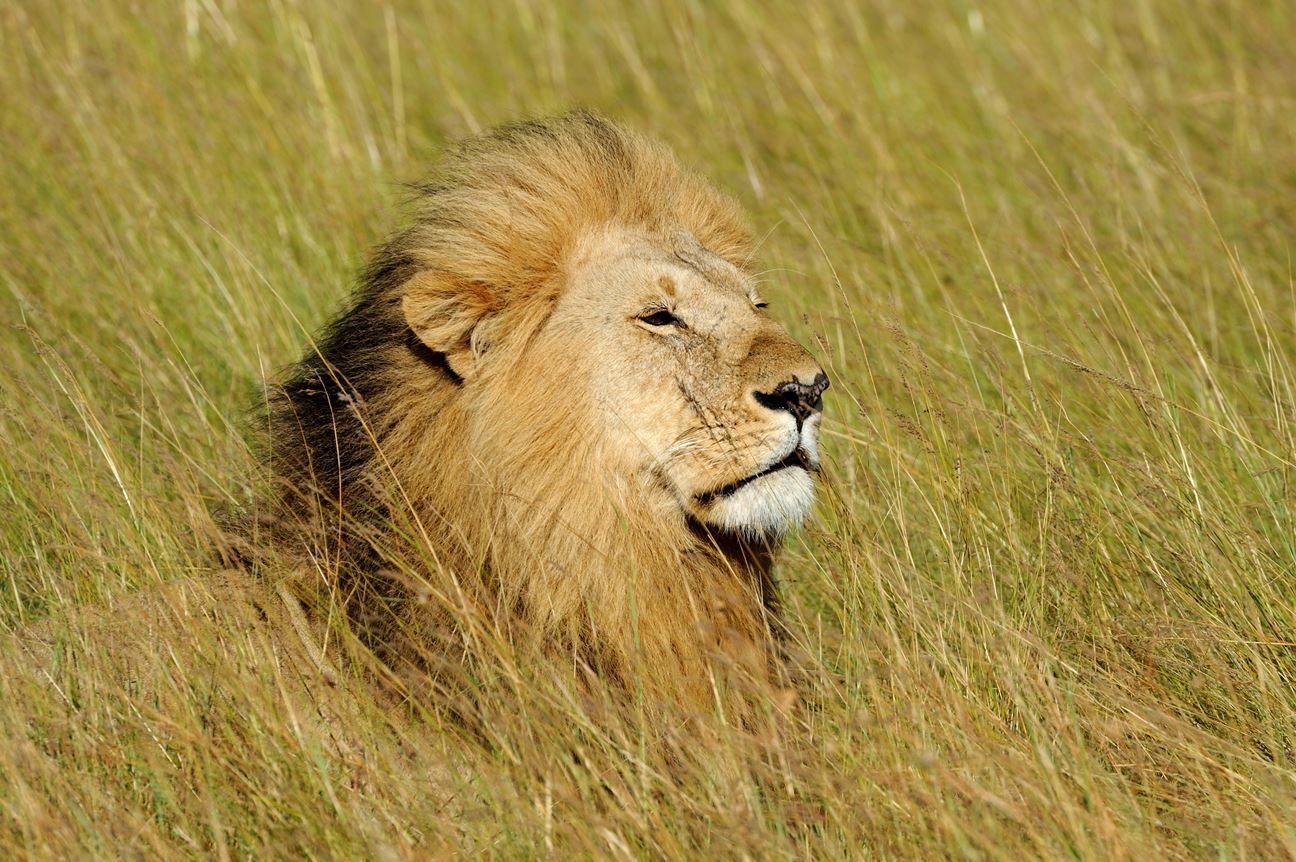
A Royal Birth
The life cycle of a lion begins with a sexually mature lioness giving birth. A female lion ready for reproduction can choose to mate with different males during her fertile days (which last for three to four days). Once pregnant, her gestation period will be about 110 days, after which she gives birth to a litter of 1-6 cubs!
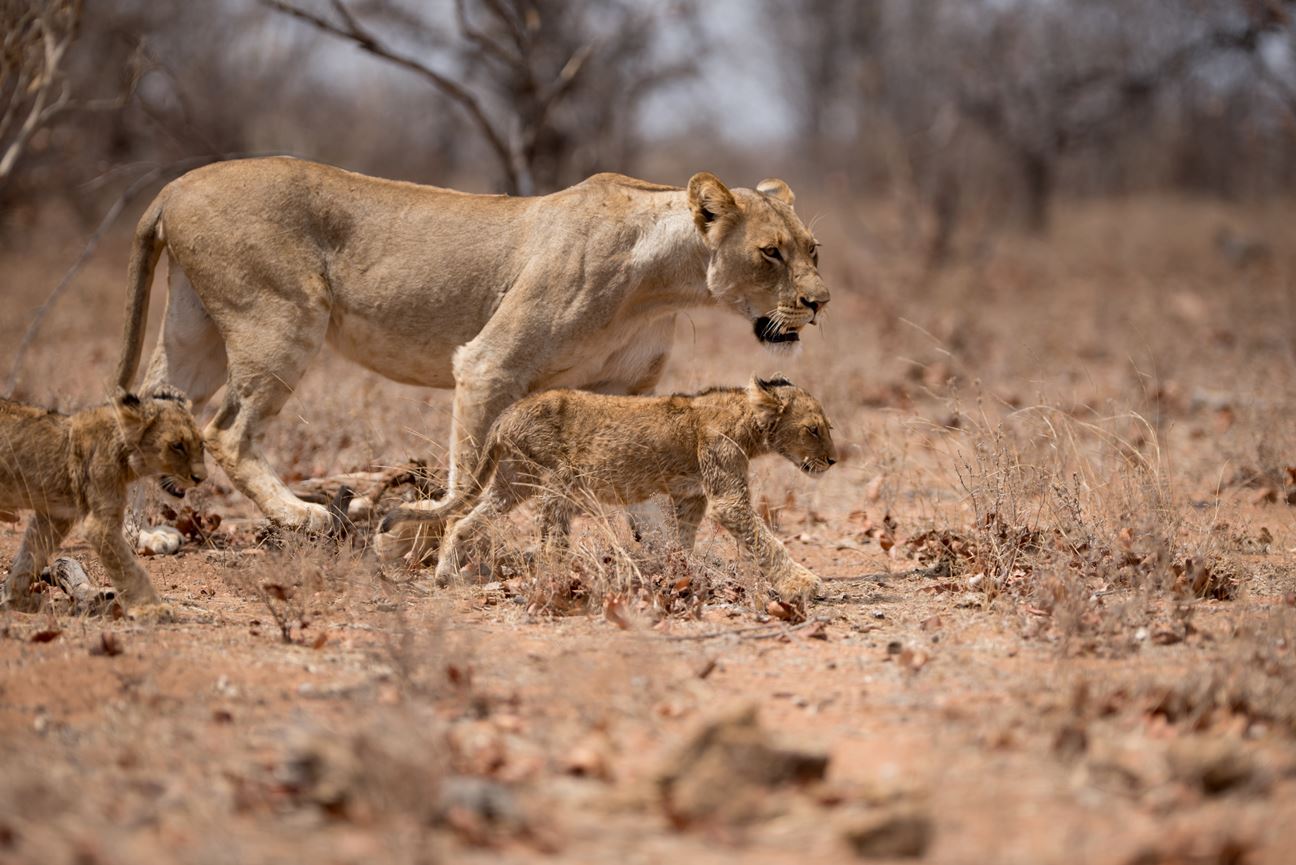
Cub-hood
The newborn cubs are blind and helpless, are born blind and helpless, so they cuddle with their mother for the first 2-3 months of their lives. Tiny and cute, they weigh only about 1.5 kg at birth, with brownish spots on their fur that fade away as they grow older. The cubs start eating meat from their mother’s kills when they are about three months old, but they still drink her milk until they are six months old.
The Juvenile Phase: Learning To Survive
At 6 months old, the cubs reach the juvenile phase, when they stop drinking their mothers’ milk and start to learn about the ways of life of the majestic lions! They begin to grow and learn how to hunt, communicate, and survive from their mothers and other pride members. Honing their instincts and observation skills with lots of practice is their prime focus during this time! They also mingle with their pride and start forming lifelong relationships with their siblings and cousins.
When the cubs are about 1 year old, they enter adolescence and become more involved in hunting and protecting the pride’s land. They also grow their unique features, such as the fluffy mane of the males and the spotted belly of the females.

Adulthood
The markers of the adult phase are when lions reach sexual maturity, and are ready to make the choice between settling in their pride or roaming alone. This happens between 3 and 4 years of age. By this time, lions have grown into the distinguishable feature which sets them apart as the apex predators of the jungles.
There are many aspects which define and signify the adult phase of a lion’s life. These are:
Lifestyle
Upon becoming adults, lions have to decide whether they want to stay with their pride or become nomads, wandering alone without a fixed territory or social group. Nomadic lions can be either males or females, but they are more often males who have decided to leave their natal pride because they cannot compete with their fellow pride members, or have been expelled.
Nomads have a hard life. They have to fight for food and water, stay away from other lions’ lands, find mates without stable partners or social networks, and cope with their isolation
Sometimes, they may join another pride or form their own pride if they find suitable mates and territory.
Their Pride
The only social cats, lions live in groups called prides. A typical pride has related females, their young, and one or more males, and its size may vary from 3-40 lions depending on the food and water supply.
The pride’s land depends on the habitat and prey amount. The lions mark their land with urine, faeces, and scent glands, and patrol it to keep out intruders. They may also roar to declare their presence and scare off rivals.
The pride’s social structure is based on cooperation and kinship. The females hunt, raise cubs, and defend the land together. They show affection toward one another by grooming, rubbing heads, and resting together.
The males protect the pride from other males or predators, and mate with many females. They also play with the cubs, teach them skills, and put up with their mischief! This social dynamic, however, is more common in African Lion Prides. Asiatic male lions usually don’t live with the females unless they’re mating or sharing a big kill.
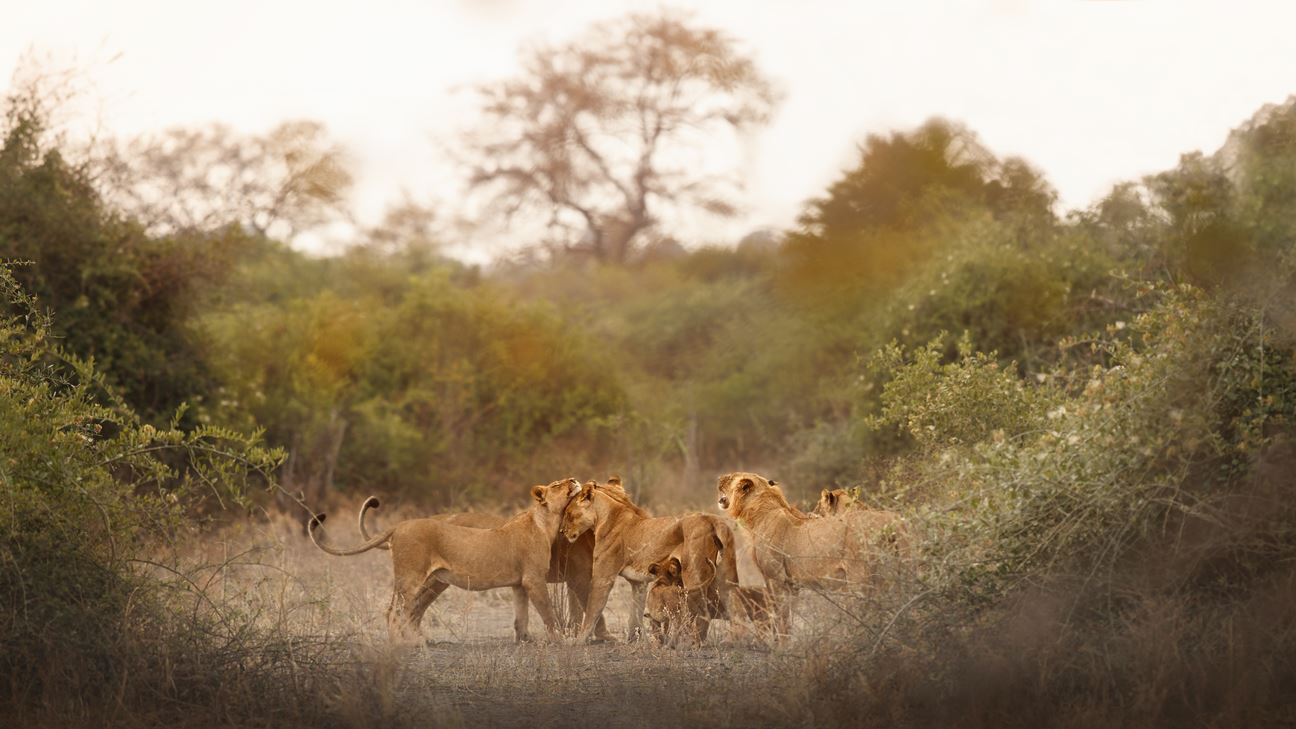
The Hunt
Lions are carnivores that feed on mostly large animals, such as zebras, wildebeests, buffaloes, antelopes, and giraffes. They also consume smaller animals, such as hares, rodents, birds, reptiles, and fish. They may also scavenge from other predators’ kills or rob their prey.
Lions hunt mostly at night or during dawn and dusk, when they have better vision than their prey. They often lurk near water spots, where prey congregate.
Females are the main hunters, as they are more nimble and coordinated than the males. They can run up to 80 km/h for short distances and can leap as high as 11 m! Using stealth and teamwork, they communicate through noises, movements, and glances to keep in sync.
During a hunt, they may surround or block the herd from all sides, and then rush at the group, picking the weakest or most exposed one. They may also use the land or plants to hide and surprise their prey. A known strategy used by lions is the ‘ankle-tap’, when they knock down smaller animals by tripping them.
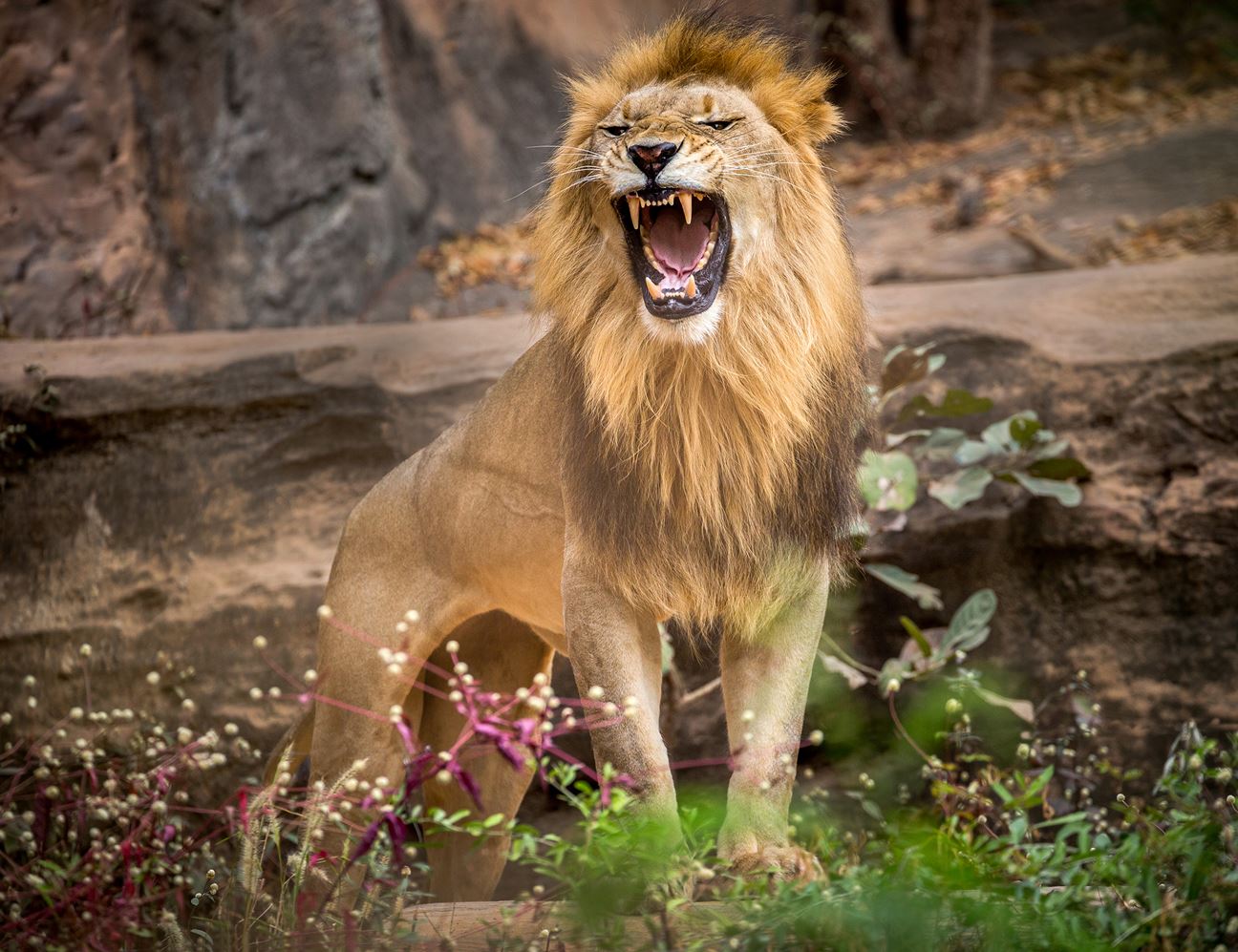
Their Mane
The mane is a male lion’s signature feature. It is the thick hair around the neck and chest that grows when he matures. The mane’s colour and size depend on his age, genetics, health, and environment.
The mane serves several functions: protection against bites or scratches during fights with other males or predators; to attract and impress other sexually mature females, and as a show of dominance against rivals.
A darker and fuller mane indicates higher testosterone, stronger immunity, and fetches the lion a higher rank in the hierarchy.
Mating
Lions are polygamous and can breed all year round, but they may mate more when there is enough food and water. The males fight for the right to mate with females in heat. The dominant male usually mates with most of the females in his pride, but he may also let other males mate with them.
After giving birth, the lioness hides her cubs in a den or a bush for weeks before taking them to the pride. She may move them to keep them safe from predators or intruders. She is very protective of her cubs, and will fight any threat to keep them safe!
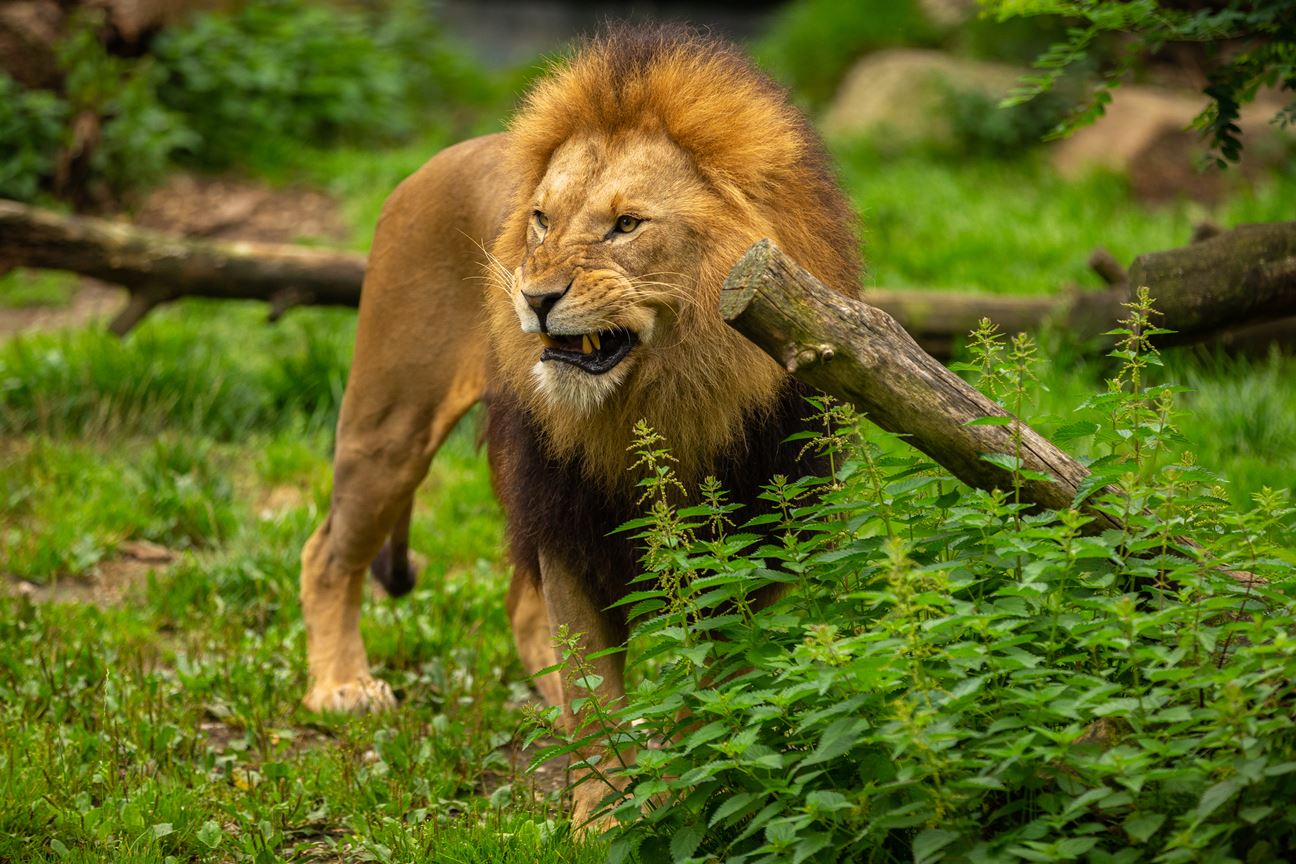
Today, most countries, such as China, Iran, Greece, and Egypt have no lions. Their numbers have dropped to a few tens of thousands, and they are losing their habitat to agriculture. The IUCN lists them as vulnerable, and some subspecies have died out. Now, most lions live in sub-Saharan Africa, and only 500 Asiatic lions remain in India’s Gir National Park. The need to protect them is urgent and necessary.
On this important day, let’s commit to conserving these vulnerable species by supporting lion-friendly practices, reducing human-lion conflicts, and raising awareness about their plight.
Happy World Lion Day!